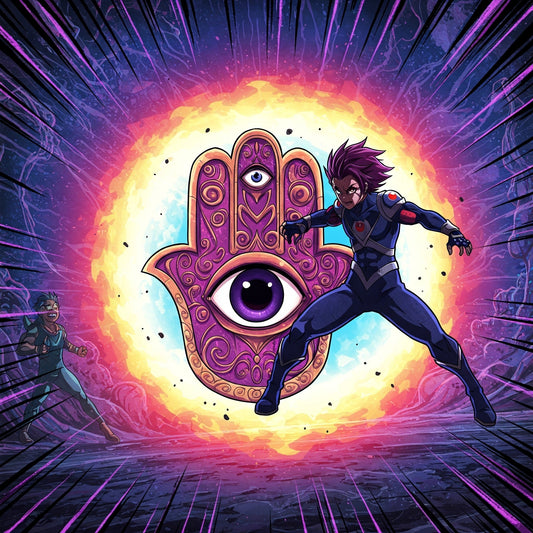Sudanese weddings are renowned for their vibrant traditions and elaborate celebrations, often spanning several days. Amidst this kaleidoscope of customs, the Jirtig stands out as a particularly significant and visually arresting ceremony. This ancient ritual, deeply rooted in Nubian culture, is a beautiful and symbolic prelude to the consummation of marriage, preparing the bride and groom for their new life together.
More than just Henna: The Deep Symbolism of the Jirtig
While often associated with the intricate henna decorations that adorn the bride's hands and feet, the Jirtig encompasses far more than just aesthetics. It is a purification ceremony, a blessing, and a symbolic representation of fertility, prosperity, and the transition into marital life. The word "Jirtig" itself refers to the red silk cloth traditionally used during the ritual, a color imbued with deep cultural significance, representing love, passion, and good fortune.
A Glimpse into the Ritual:
The Jirtig typically takes place after the wedding contract has been signed but before the couple is considered officially married. Here's a breakdown of the key elements:
- The Setting: The ceremony often occurs in the bride's family home, within a specially prepared room. The space is meticulously decorated with vibrant fabrics, incense, and fragrant flowers, creating a sacred and auspicious atmosphere.
- The Bride's Attire: The bride is adorned in a traditional Toob, a long, flowing garment, often in white or vibrant colors. However, during the Jirtig, she's wrapped in a piece of red silk decorated with gold, the actual Jirtig. Her hands and feet are beautifully painted with henna in intricate patterns that symbolize blessings and protection.
- The Groom's Participation: While the focus is primarily on the bride, the groom also participates in the Jirtig. He is often dressed in a white Jalabiyya, a traditional Sudanese robe, and might also have henna applied to his hands. The groom sits beside the bride but in a less prominent position.
-
The Ritual Implements: Several symbolic objects are essential to the Jirtig:
- Milk: Representing purity, nourishment, and abundance. The bride and groom are often given milk to drink or have it sprinkled on them.
- Dates: Symbolizing sweetness, prosperity, and fertility.
- Henna: Used for beautification and believed to ward off evil spirits.
- Incense: Burned to purify the space and create a sacred ambiance.
- Kohl: A traditional cosmetic used to line the bride and grooms eyes, enhancing their beauty and believed to protect against the evil eye.
- A Decorated Bowl (Bakha): Often containing perfumes, sandalwood, and other fragrant ingredients, used to anoint the couple.
The Ceremony Unfolds:
The Jirtig is presided over by older, respected women from the bride's family or community. They sing traditional songs, chant blessings, and guide the couple through the ritual.
- Purification and Blessings: The bride and groom are sprinkled with milk and may have dates placed in their mouths. They are anointed with fragrant oils from the Bakha.
- The Jirtig Cloth: The red silk cloth is draped over the bride, sometimes covering her completely. This is the most important step in the ritual. In some regions, the groom might also be draped.
- Kohl Application: The bride and grooms eyes are lined with kohl, by one of the women.
- Incense and Perfumes: Incense is burned, filling the room with its fragrant smoke. The couple is perfumed with traditional scents.
- Prayers and Songs: Throughout the ceremony, prayers are recited, and traditional songs are sung, invoking blessings for the couple's future.
A Living Tradition in a Modern World:
While the specific practices may vary slightly between different regions and tribes within Sudan, the core essence of the Jirtig remains the same. It is a powerful and deeply meaningful ceremony that connects the couple to their cultural heritage and prepares them for a blessed and prosperous future together.
In an increasingly globalized world, the Jirtig stands as a testament to the enduring strength of Sudanese traditions. It is a vibrant and beautiful ritual that continues to be cherished and passed down through generations, ensuring that the rich tapestry of Sudanese culture remains alive and thriving. The Jirtig is not just a wedding custom; it is a celebration of love, family, and the enduring power of tradition.




